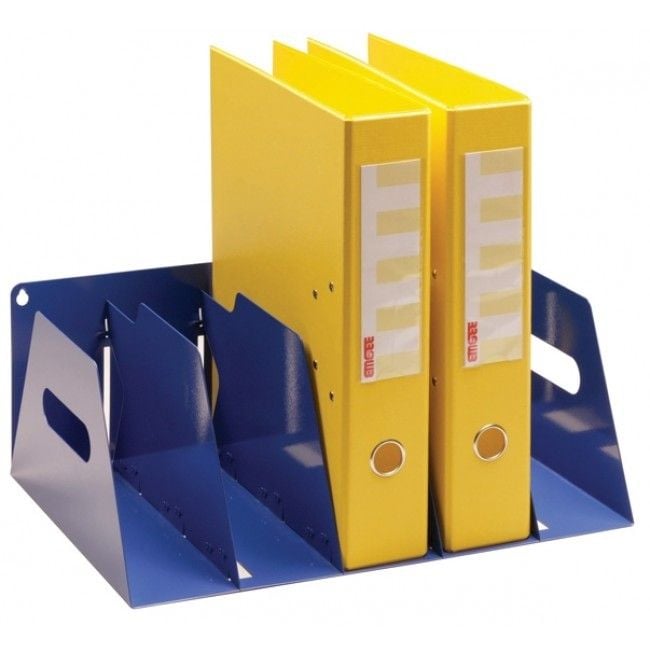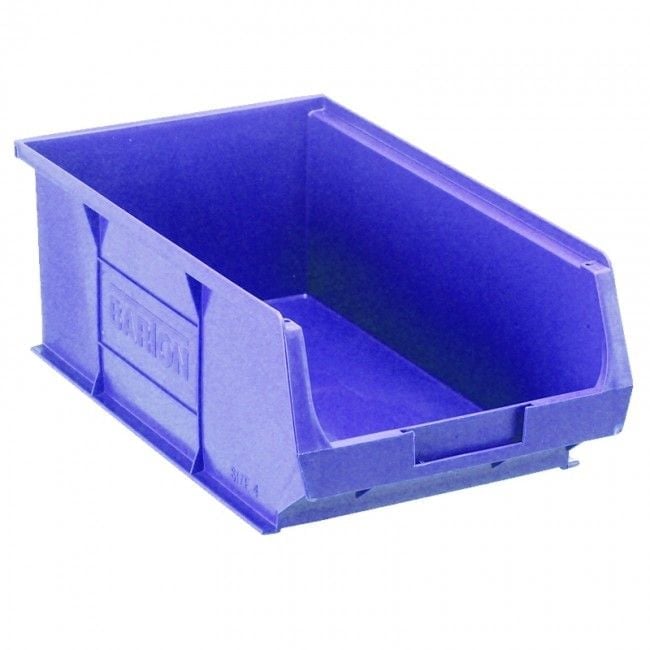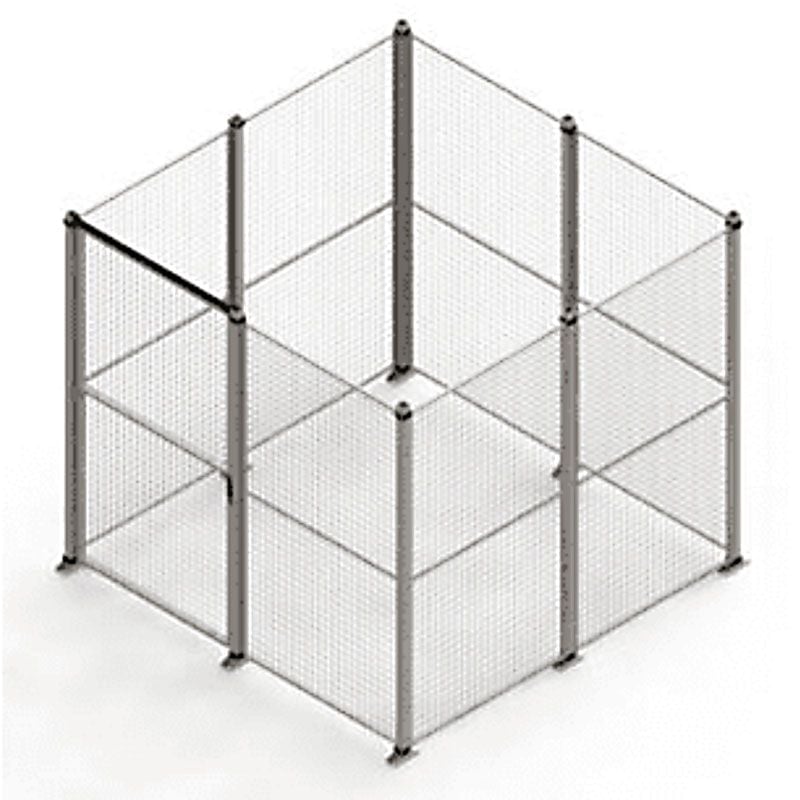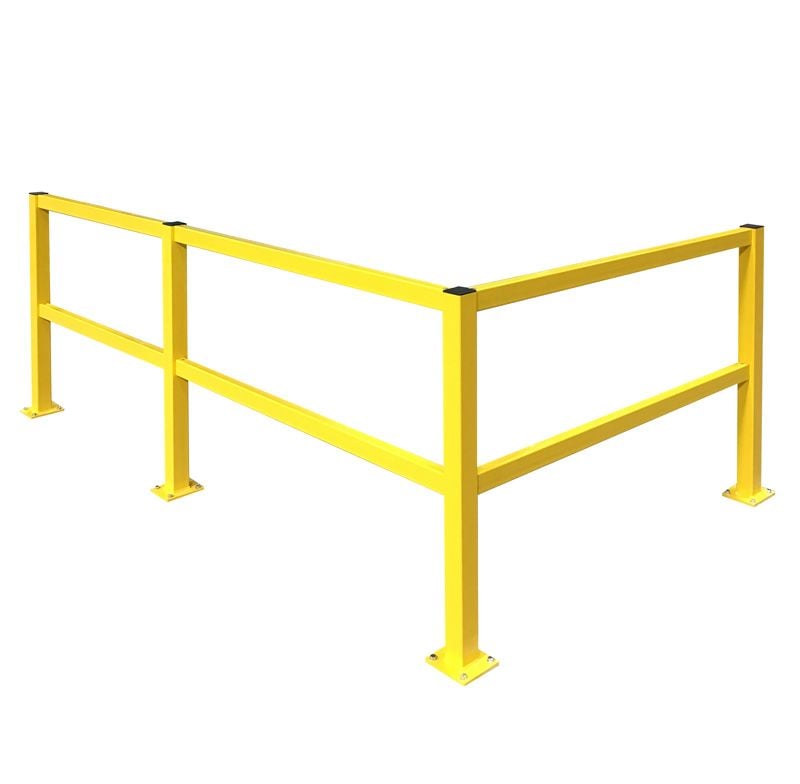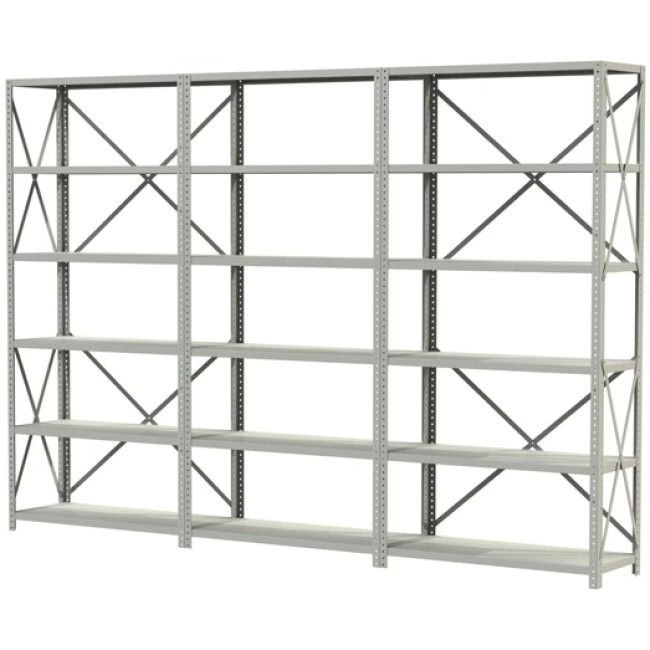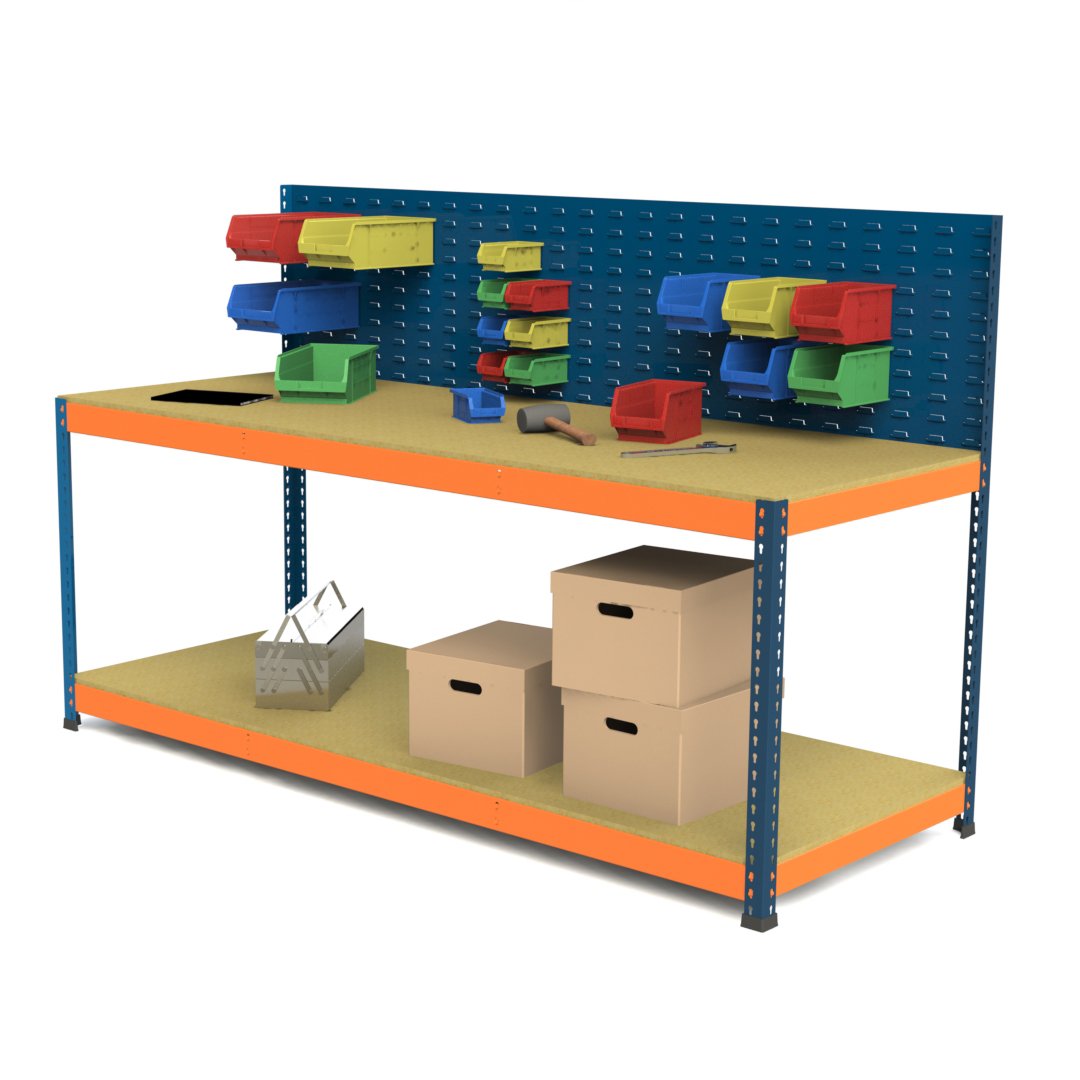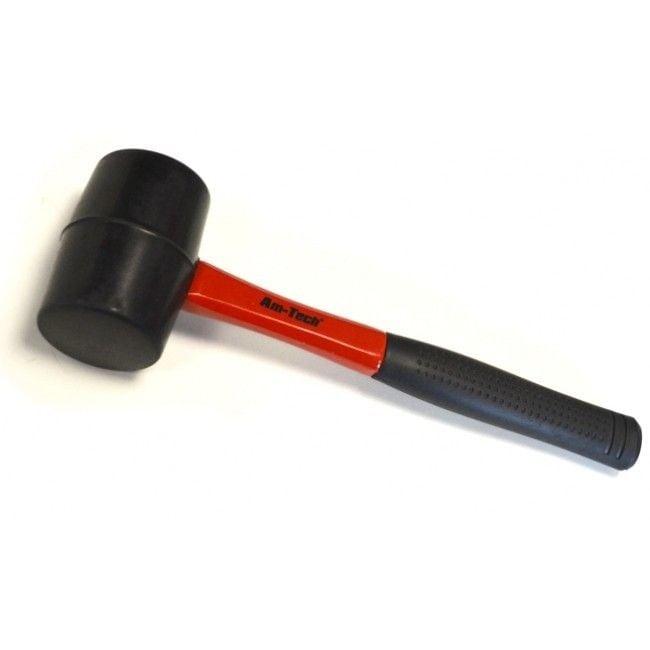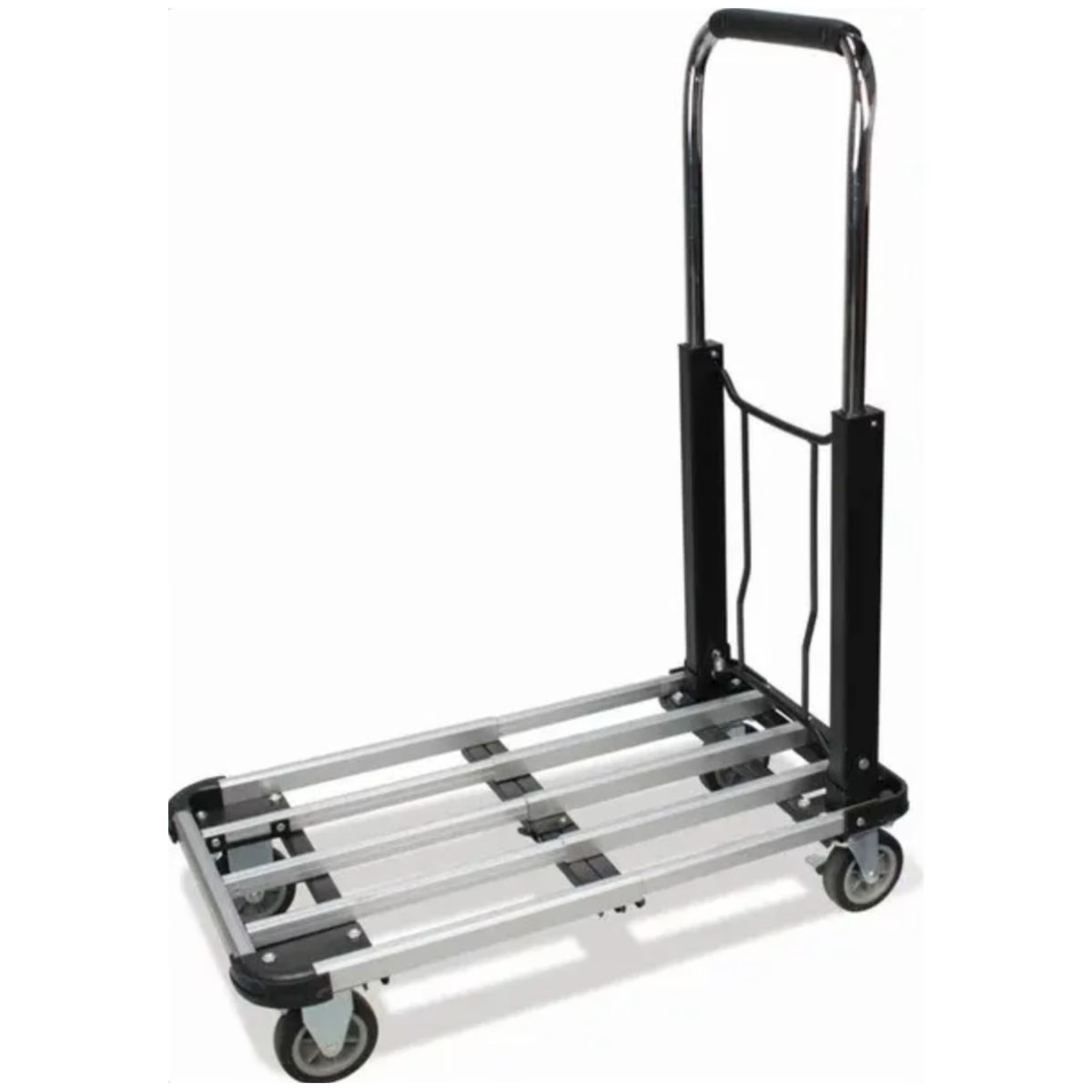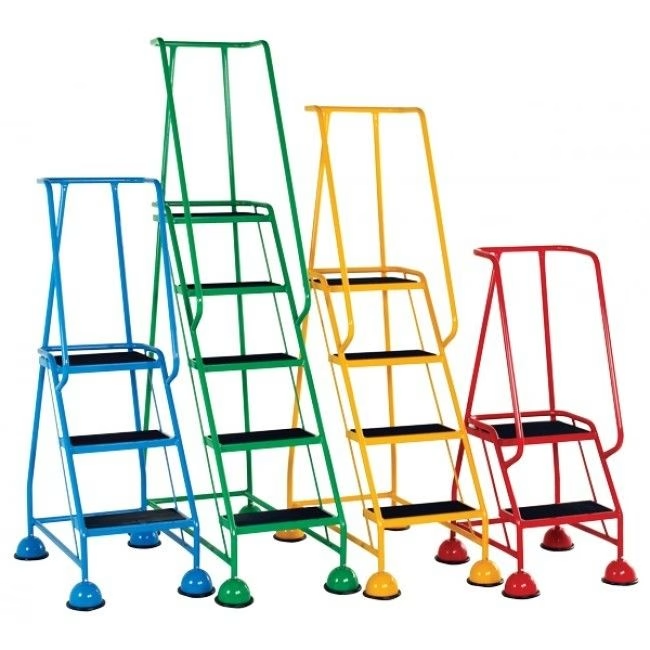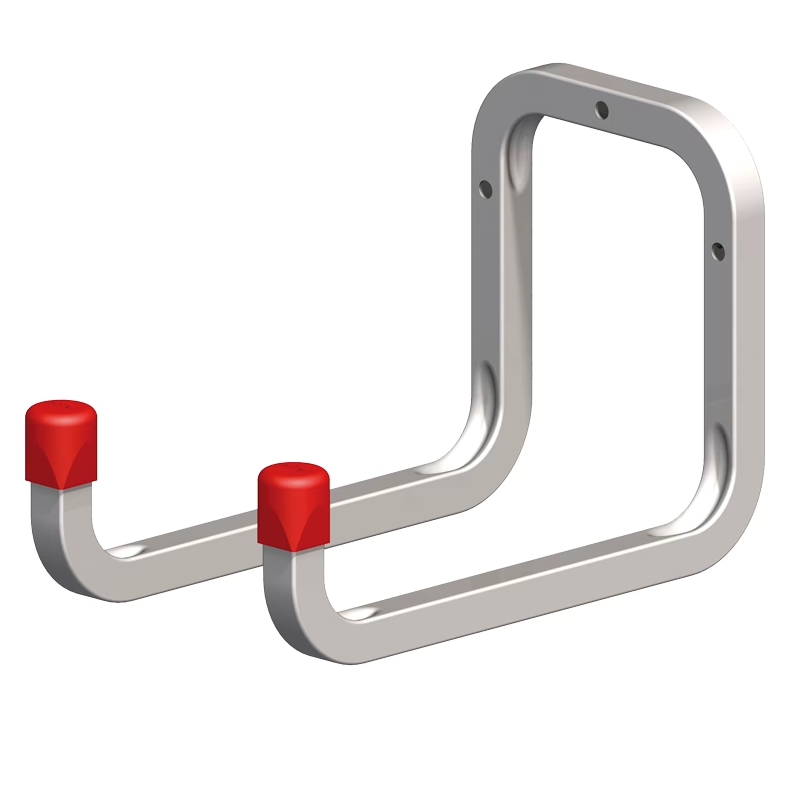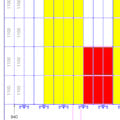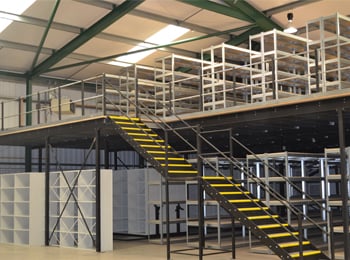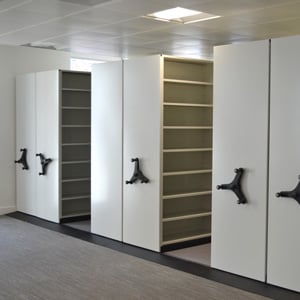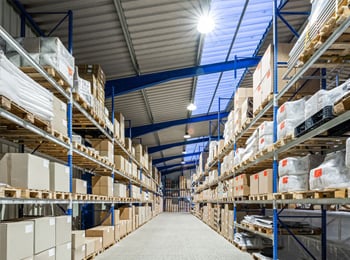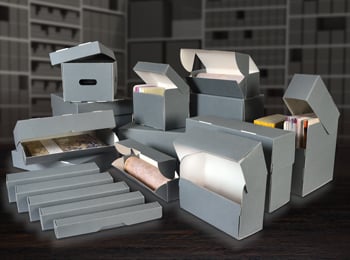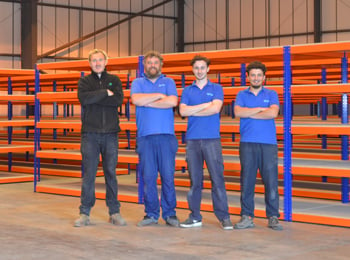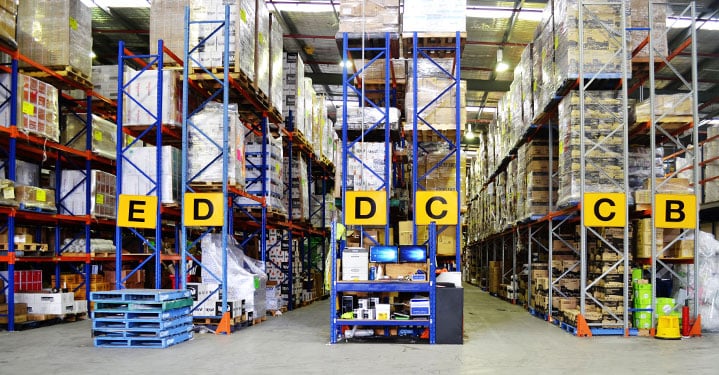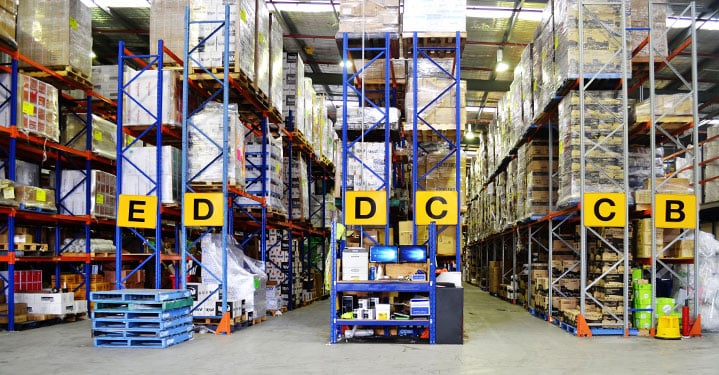
What is Pallet Racking?
Pallet racking is usually used for warehouse and industrial storage. Pallets are stored vertically and horizontally to make the best use of the space available. Pallets are stored and retrieved using fork lift trucks (FLTs).
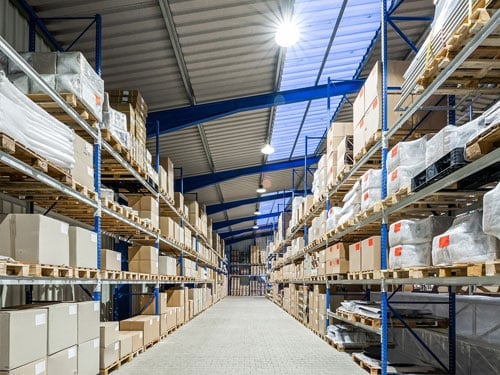
How does pallet racking work?
Pallet racking is often referred to as APR – in simple terms this means Adjustable Pallet Racking. Industrial pallet racking systems comprise beams, uprights and locking pins. It is suitable for 2 and 4 way entry timber pallets.
Types of Pallet Racking
Wide aisle pallet racking
Wide aisle pallet racking is probably the most popular choice of APR. The bay aisles need to be a minimum of 2.5m apart, meaning the loading and unloading can be undertaken using a standard FLT. This system provides flexibility and can be re configured if required.
Narrow aisle pallet racking
As the name implies, this is where the aisles between racks are significantly reduced, it makes maximum use of the area available. A specialist FLT is required however.
Vary narrow aisle pallet racking
When space is limited a very narrow solution is used to provide high density storage. As this type of racking is usually very high, specialist lift trucks are required due the height of the pick faces, and narrow aisle width. Trilateral or bilateral trucks are used in this type of application.
Double deep pallet racking
With 2 racks installed 2 deep and accessed from each aisle, this is also a high density storage solution. It is ideal for LIFO (last in first out) storage.
Drive in/drive through pallet racking
Pallets are stored and retrieved by the FLT driving into and in some cases through lanes which are open both ends. Driven in is ideal for FILO storage (First in last out). This type of storage is best suited to high density items which are all the same. Drive through racking is aimed at FIFO storage (First in first out).
Push back pallet racking
Wheeled carriers are located in the racks with inclined guide channels, enabling pallets to be stored up to 4 deep. This system is designed for LIFO items (Last In First Out). The reduction in the number of aisles required means load and retrieval times are reduced.
What is the right system for my application?
Pallet racking should be designed to suit the application and needs of the business. With square footage costs and the need to maximise storage capacity, the most efficient use of space is paramount.
Factors to be considered:
• Fork lift truck (FLT) depending on which system is selected.
• Type and quantity of items to be stored
• Size and weight of pallets – not forgetting the height (including the pallet).
• Shelf life of stock – if any. This will help determine FIFO of LIFO requirements
• Floor space available.
• Retrieval and storage needs
• Height available – and will the FLT reach






